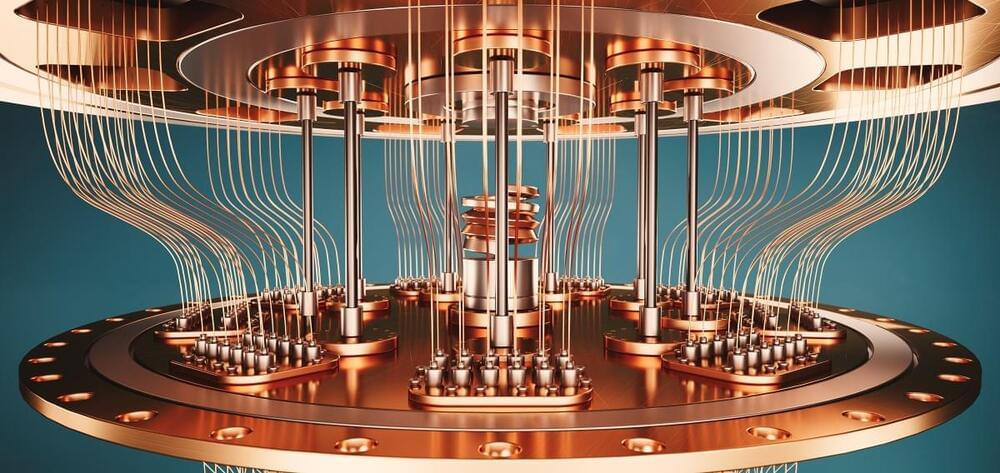By default, every quantum computer is going to be a hybrid that combines quantum and classical compute. Microsoft estimates that a quantum computer that will be able to help solve some of the world’s most pressing questions will require at least a million stable qubits. It’ll take massive classical compute power — which is really only available in the cloud — to control a machine like this and handle the error correction algorithms needed to keep it stable. Indeed, Microsoft estimates that to achieve the necessary fault tolerance, a quantum computer will need to be integrated with a peta-scale compute platform that can manage between 10 to 100 terabits per second of data moving between the quantum and classical machine. At the American Physical Society March Meeting in Las Vegas, Microsoft today is showing off some of the work it has been doing on enabling this and launching what it calls the “Integrated Hybrid” feature in Azure Quantum.
“With this Integrated Hybrid feature, you can start to use — within your quantum applications — classical code right alongside quantum code,” Krysta Svore, Microsoft’s VP of Advanced Quantum Development, told me. “It’s mixing that classical and quantum code together that unlocks new types, new styles of quantum algorithms, prototypes, sub routines, if you will, where you can control what you do to qubits based on classical information. This is a first in the industry.”









Comments are closed.